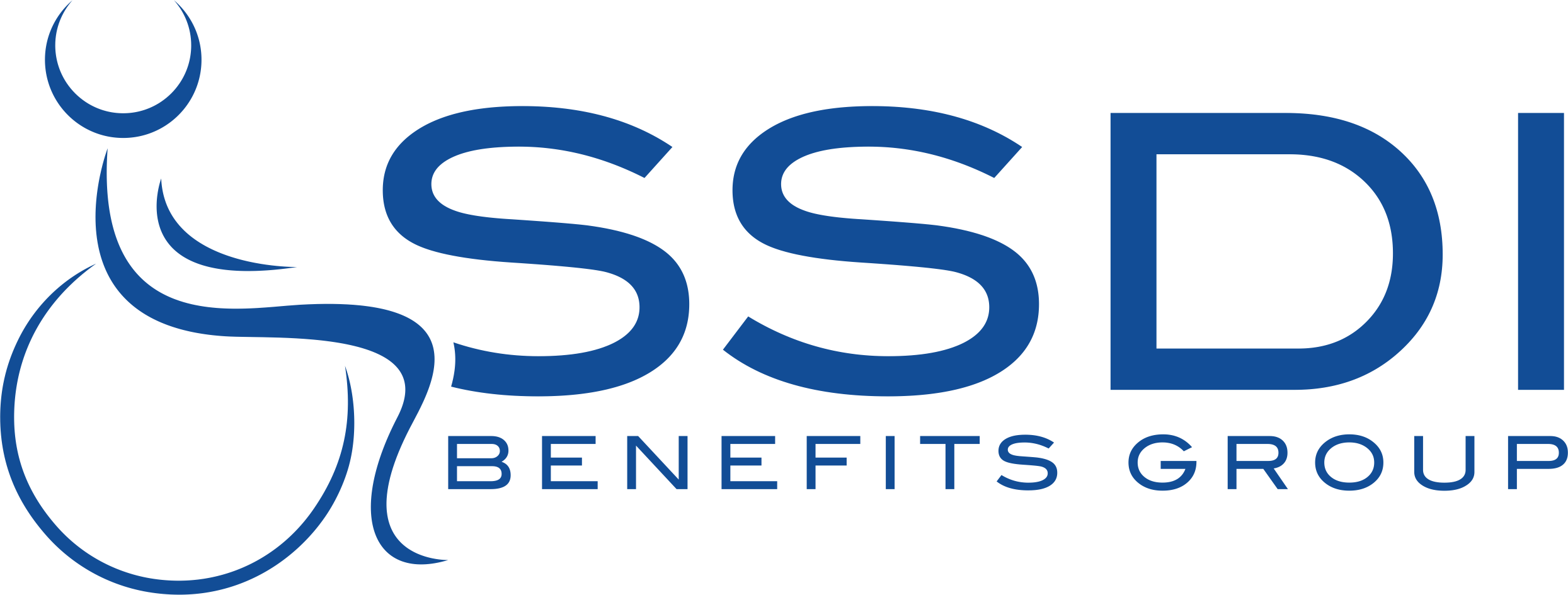
The application process for Social Security Disability Insurance (SSDI) is challenging, lengthy, and has a high rejection rate. Only 35% of original submissions were accepted in 2022. The approval rate for reconsideration was 13%, while the approval rate for the court hearing, the last stage of the appeal, was 54%.
Time spent on appeal varies. Reconsideration takes less time than a hearing request, and a higher authority review takes even longer than a hearing request. Time is of the essence if you are dealing with impairments and unemployment, regardless of what stage you are in the disability application process.
Receiving approval for a disability application necessitates a robust case supported by substantial evidence and meeting eligibility requirements. Seeking expert help might help you save time and help you acquire the much-needed financial support if you’re unsure about the procedure.
A disability claim refusal can be devastating for someone who depends on monthly assistance. But this rejection shouldn’t be an excuse for giving up. When work is no longer an option, you are entitled to SSDI payments because you pay into the social security system. There is a four-level administrative appeals process available following the refusal of a social security disability claim. This procedure gives applicants more chances to demonstrate their right to benefits and verifiable impairment. However, you should first determine the reason your application was initially rejected before appealing the denial.
You’ll get a “Notice of Denial” letter from Social Security if your claim is rejected. Without legal assistance, these letters could be challenging to understand. The letter outlines the reasons your claim was rejected. If you’re unsure, speak with a legal professional.
The “Notice of Denial” outlines your medical condition, any potential disabilities, and the reasoning behind the decision. Medical conditions and your “residual functional capacity” (RFC) may be mentioned in some notices.
SSA may deny your claim for numerous reasons, however in our experience most cases are denied due to below appended common reasons.
Within 60 days of the day you received Social Security’s refusal notification, submit your written request. Send SSA a “good cause” letter outlining the delay if your hearing request will be received after the deadline.
Applicants can appeal through four levels with Social Security if they are refused disability payments.
Reconsideration gives you the opportunity to submit additional medical data and have your application reviewed by a different member of the DDS staff (Disability Determination Service). When asking for a reconsideration, strengthen your earlier application with additional details. It’s critical to pinpoint any problems with your first claim, such as deficiencies or missing medical records.
After your initial reconsideration is turned down, contact the office of hearing operations (OHA) to schedule a hearing with an administrative law judge. Within 60 days of receiving the reconsideration denial notification, this request must be submitted. The scheduling of the hearing can take up to a year. You have the option of a video or in-person hearing.
The third stage is to appeal a decision to a board for review. They may send for further consideration and/or confirm or deny review. This is the final SSA internal appeal, which calls for compelling legal support. For the best chances of approval, you must hire a disability representative.
This is the final stage of the appeal process, where a request is made to the judge of a federal court to reconsider earlier case decisions. It is uncommon for federal judges to reverse Social Security Administration rulings or come to a different result. As a result, winning an appeal in federal court is extremely difficult. Instead of wasting time and resources waiting for approval on your own, we advise hiring a legal representation like SSDI benefits group to increase your chances of success right now.
Still Have Questions?

Reach out today—we’re here to help you get the support you deserve.
Explore our SSDI resources to learn about the process, and use our SSDI calculator and assessment to estimate your benefits.





